Governor Jerry Brown declared a drought emergency as California has yet another year of lower than average rainfall. In the case of 2013-2014, almost none. Not only is rainfall at an all-time low, temperatures have been at an all-time high. (Excuse me, 80° in January?) Is this just a new drought, or is it the new normal?
There’s no way to know for sure, but we all need to prepare for having less access to water. What can we do right now to make a difference? Here are some suggestions:
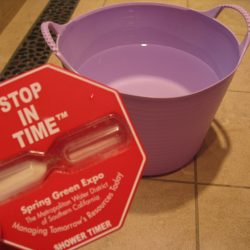
Starting Small
In the Shower – Here at Gardenerd HQ we put a bucket in the shower to catch water as we wait for it to warm up. We use that water to irrigate potted plants on the porch and water the natives occasionally in the front yard.
Turn off the water – while brushing teeth and doing dishes. If you’ve ever been backpacking or camping where you have to carry your water, you know how precious it is. Washing up is done over a basin and water is used sparingly. Keep that in mind as you run the tap.
Take Shorter Showers – try this: time yourself. See how long it really takes to shower. Make it a game with your family to see who can reduce their time the most while still getting clean.
Water Early or Late – no matter what you’re watering, it will be most effective (due to less evaporation, specifically) if you water before 9 a.m. or after 4 p.m. In Los Angeles, that’s the law (in addition to only watering on specific days of the week). Use a timer and check regularly for leaks or excess water hitting the sidewalks or running down the street. Don’t think it makes that much of a difference? Since LA implemented this law, the city’s water usage decreased by 17%.
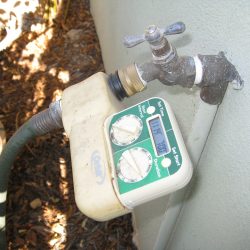
The Bigger Stuff
Switch to Drip – drip irrigation puts water right where you need it, near plant roots. It prevents evaporation that occurs with overhead watering and sprinklers. Did you know that with overhead watering you can lose nearly 90% to evaporation. That’s crazy! The initial investment is worth the savings over time.
Go Permaculture – create water catchment areas on your property for when it does rain. Bioswales and strategic planting keep water on site instead of washing down the street. This PDF shares 8 rainwater harvesting principles to get you started.
Get Rid of the Lawn – forgive the soapbox moment here, but I’m just going to say it. Having a lawn in a climate zone that gets an average of 12″ of rain per year (and all at once if I might add) is ridiculous. Sure, if you live where it rains all through summer, or in places that get 50″ per year, go for it. But here in Los Angeles, it’s completely unsustainable. California spends 23% of its budget hauling water here from somewhere else. And for what? So we can have a patch of outdated European status symbol in front of our houses? The time has come for a change. Replace lawns with drought tolerant plants and natives. Look into UC Verde or other low-water grasses if you must have a lawn. Check out High Country Gardens for other alternatives. Use gravel, mulch and decomposed granite instead.
Report Offenders – if you see neighbors watering at noon, or if you see water rushing down the gutter, find the source and ask them to fix the problem. Many cities have hot lines you can call to report water wasters. Sierra Club has a list of LA and OC contacts. Program it into your phone so you can call on the fly. Fines are pretty high, so this will make a difference.
Okay Gardenerds, what are you doing to save water? Got a great idea? Share your comments below.

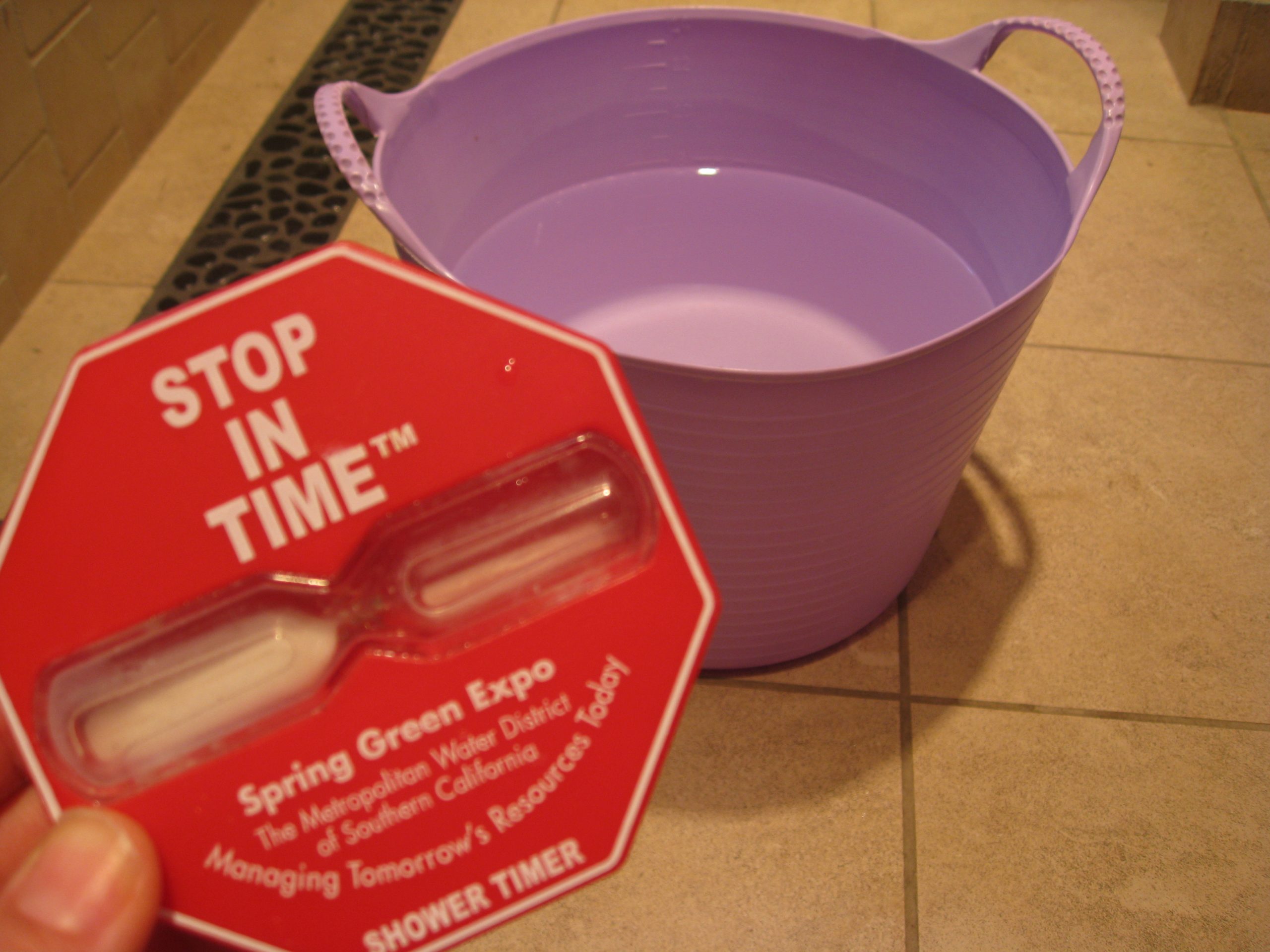
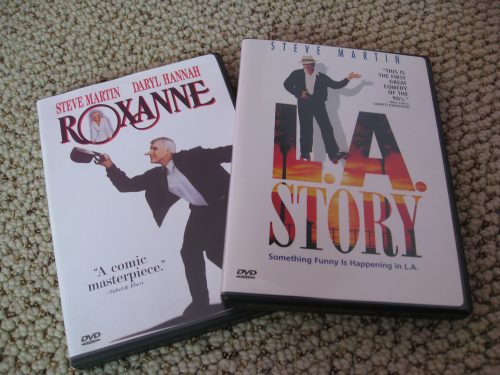
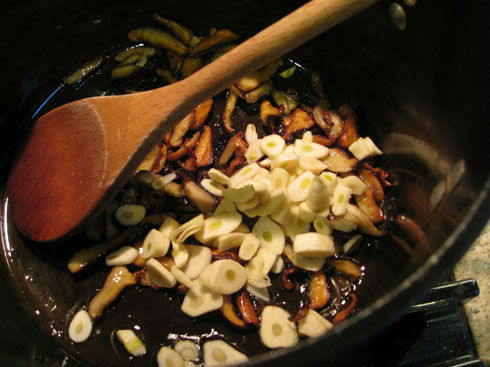
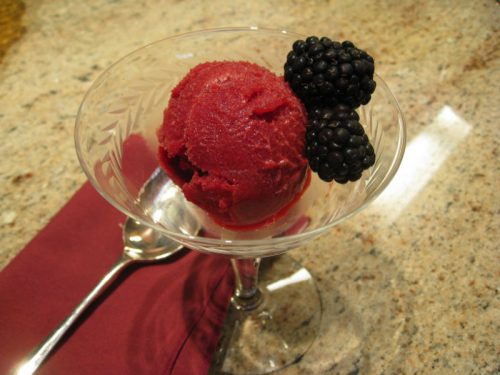
I notice that columnist Victor Davis Hanson wrote an article: “A Tale of Two Droughts” where he asserts that another contributing factor is failing to build reservoirs in a timely fashion and placed correctly. While agreeing with his point that fifty people can’t drink from a resource sized for ten, one could also believe that water conservation rather than wastage definitely is a better idea.
Christy, I love your website and newsletter, keep em coming.
Regarding the weather it is all being controlled by weather engineers, like HAARP up in Alaska and all over the world beaming electromagnetic beams into the atmosphere, chemtrail airlines spraying us almost daily, look up, see the streaks? Spraying us with aluminum, arsenic, barium, strotonium and more. Our poor plants. Malibu Canyon is all dead, trees in the valley are dead. What can we do? Local skywatchers and all over the world are marching on Janu. 25, 11 to 1pm, Santa MOnica mall this saturday in protest of the chemical sprayings.
Thanks for weighing in Shelley. I appreciate your thoughts on the various causes of our strange weather. I’m going to stick to CO2 emissions and cracking down on big oil’s part in the game. As gardeners, we have watched these changes in our weather over the last decade. It’s disconcerting to think that there are still people who don’t think it’s happening. Ask any gardener, and they’ll give you proof.
These are the things I do to conserve water:
1. I have 4 rain barrels.
2. My shower has an on/off knob….ON: I wet down, OFF: lather up, ON: then rinse. It’s an old Delta model. Works well.
3. Keep a bucket by kitchen sink and pour the dishwater pan into the bucket to take outside and use for the garden.
4. Try to wash full loads of clothes.
5. Only water garden/s when necessary and during off hours.
My usual cost for the water portion on my water bill (every 2 months) is $15.00.
I can see where my conservation helps to reduce usage as well as cost!
It takes work, folks, to conserve/recycle. It’s a matter of changing your lifestyle and taking the extra steps.
Thanks for letting me share.
You do great work, Christy, and I’ve enjoyed your class and visiting your garden during open house.
Judy
Thanks, Judy. Those are all great ways to conserve. I love that your water bill is so low. May other readers aspire to the same.
MULCH!! I can’t believe you didn’t mention mulching!
I keep thick layers of straw or clean grass clippings around my plants and pretty much everywhere in my garden- keeping the soil cool and moist. I experimented with straw-bale gardening last year. Results were so-so (I didn’t buy the book; I just got the basic idea and went for it) But the left over (2) bales were decomposing inside so I spread the whole thing out, added some soil amendments where I wanted to plant an plunked down some romaine and cauliflower starts. That stuff stays moist!
It also keeps down weeds, but you knew that!
Eileen,
You’re so right! I guess I just assume everyone knows that one, it completely slipped my mind. Mulch is huge, as you said. It really works and is an inexpensive way to conserve the water you put in the ground. Thanks for posting!